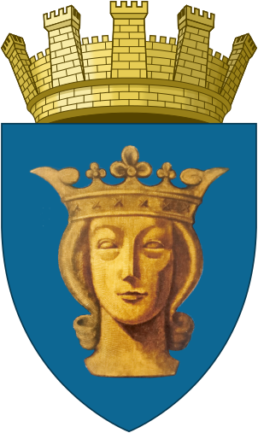Stockholm is tapping revenues from its congestion pricing scheme to raise funds for new metro lines that will service affordable housing developments.
Stockholm’s population is growing rapidly, causing an acute need for affordable housing and improved urban mobility. To tackle these challenges and lower CO2 emissions from the transportation sector, the Swedish capital has developed an integrated solution with an innovative financing model that taps into the revenues from the congestion pricing scheme. These revenues will be used to fund the construction of new metro lines to serve the residents of 78,000 apartments under construction in high-density, mixed use areas close to the urban core.
15,000-20,000 tonnes of CO2 reduced annually due to the expanded congestion pricing scheme
Cities100 – 2015
Stockholm’s existing congestion pricing scheme was expanded in terms of price and geographic area to increase revenues in order to help fund the metro construction. The expanded congestion pricing scheme takes effect in 2016 and will to reduce traffic levels as well as greenhouse gas emissions from road transport in Stockholm County. The expanded congestion pricing scheme will also reduce daily vehicle kilometers traveled by around 270,000.
The challenge
The population of Greater Stockholm is increasing by around 35,000 people per year. To accommodate this growth, the city plans to build around 10,000 apartments per year while increasing density and mix of uses. As the transport sector is responsible for around one-third of the city’s greenhouse gas emissions, Stockholm realized there was need for integrated solutions to urban development in which new housing and public transit are intrinsically connected.
Co-benefits
Economic Traffic levels are projected to fall by around 7% to and from the city, and by around 10% on the motorway bypass, due to the congestion pricing scheme. The resulting travel time reductions are equivalent to $80 million per day.
Health Congestion pricing has led to reductions in PM10 and NOx emissions in the inner city of 15% as well as reduced noise levels.
About Stockholm
Stockholm is the capital of Sweden and the most populous city in the Nordic countries and the city stretches across fourteen islands. Stockholm is the cultural, media, political, and economic centre of Sweden. It is an important global city, and the main centre for corporate headquarters in the Nordic region. One of the city’s most prized museums, the Vasa Museum, is the most visited non-art museum in Scandinavia. The Stockholm metro, opened in 1950, is well known for its decoration of the stations; it has been called the longest art gallery in the world.
